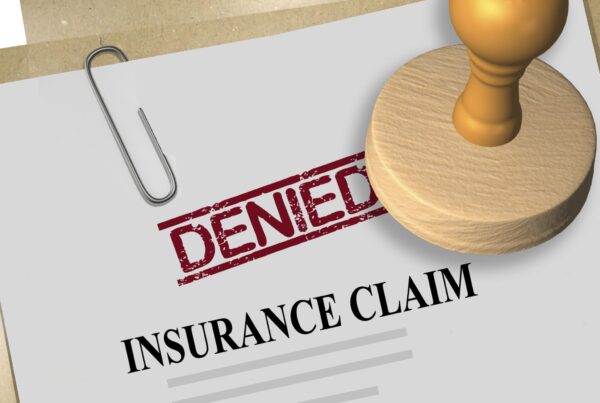
Did you know that floods are the leading natural disaster to the U.S.? You may have at least noticed extreme weather events becoming more common.
So in a time when you’re more likely than ever to need it, you would think most homeowners insurance policies would count flood coverage as standard.
You should know, they don’t.
Now, Fort Worth doesn’t see hurricanes like coastal cities such as Houston. Still, the city — the entire DFW area, in fact — is located in the dead center in the northern-most part of a corridor known as Flash Flood Alley. This stretch of land from Central to Northern Texas is always hardest hit by precipitation each year.
Moreover, many parts of Fort Worth are ill-equipped to deal with torrential downpours, further increasing your risk of suffering flood damages.
Depending on the level of risk in your specific location, adding a flood policy to your homeowner’s insurance may be a worthy investment.
Floods are the No. 1 Natural Disaster in the US
According to the Federal Emergency Management Agency (FEMA), floods are the number one natural disaster in the US. This means that floods cause more damage every year than even catastrophic events like tornadoes.
Just a few inches of water can wreak havoc (to the tune of tens of thousands of dollars) on your home and valuables.
Floods can happen anywhere at any time, but conditions most often responsible for flooding in Texas include urbanization, slow-moving thunderstorms, hurricanes, and man-made dam and levee failure (or even calculated water release).
Texas Homeowners Insurance Does Not Cover Floods
Importantly, the vast majority of homeowners insurance policies don’t cover flood damage, even if the flood occurs due to a natural disaster that is covered under your policy.
We know. That doesn’t seem to make sense.
Let’s say your roof is damaged in a hurricane. If your homeowner’s insurance covers this kind of event, the policy will likely pay out damages from wind or hail. But don’t expect water damage from the hurricane to be covered under your standard policy.
You need to have purchased — in advance — a flood insurance policy for that. Most flood insurance is issued by the National Flood Insurance Program (NFIP), which is run by FEMA. However, some private insurers also provide flood coverage.
Know Your Risk for Flooding in Texas

If you’re considering flood insurance, you may want to evaluate your relative risk of flooding. This is determined by both the regional climate in your area and factors specific to your home’s exact location. For example, whether your home is on low ground or what’s considered a flood plain.
Texas is more prone to floods than many other states, and most major cities are located in high-risk flood areas. In particular, the coast, where hurricanes are common, and Flash Flood Alley which includes the Dallas Fort Worth Area.
Even if you live in an area with low or moderate flood risk, you’re five times more likely to experience flood damage than fire damage in the next 30 years. In most parts of Texas, this risk is much higher.
FEMA and the NFIP provide resources to help homeowners assess the general risk of flooding in their area. You can also determine whether your home is located in a flood plain using the Legal Service Corporation (LSC) flood zone lookup.
Flood Insurance Cost in Texas
The price of flood insurance depends on a number of factors, including your home’s flood risk, what the policy covers, and how much coverage you purchase.
As a rough approximation, the average flood insurance policy costs about $700 per year. However, your location, coverage limits and deductible will determine your premium.
Generally, for homes not located in a flood zone, flood insurance policies are very affordable and are well worth the investment when considering the catastrophic damage that even a minor flood can cause.
Purchasing a Texas Flood Insurance Plan
Most flood insurance policies are issued by the NFIP. However, you can only purchase flood insurance from an agent or insurer that participates in the program.
The most important thing to remember, flood insurance has a 30-day waiting period before coverage begins. Don’t wait until nasty weather is heading your way to make the purchase. The damages won’t be covered.

Start by talking to your insurance agency to take out a policy. If your agent doesn’t sell flood insurance, you can contact the NFIP Agent Referral Center at 1-800-427-4661 to request a referral to an appropriate agent in your area.
About the Author:
Brandon Fulgham has an in-depth understanding of both Texas law and Texans themselves. Before practicing law here, he received his undergraduate degree from TCU, and his law degree from South Texas College of Law in Houston. After graduation, he worked in District Attorneys’ offices as a prosecutor. Now, he uses that knowledge to anticipate opposing counsel’s arguments and protect the rights of people in and around Fort Worth. He has been recognized for his work by The National Trial Lawyers, Fort Worth Magazine, and others.




